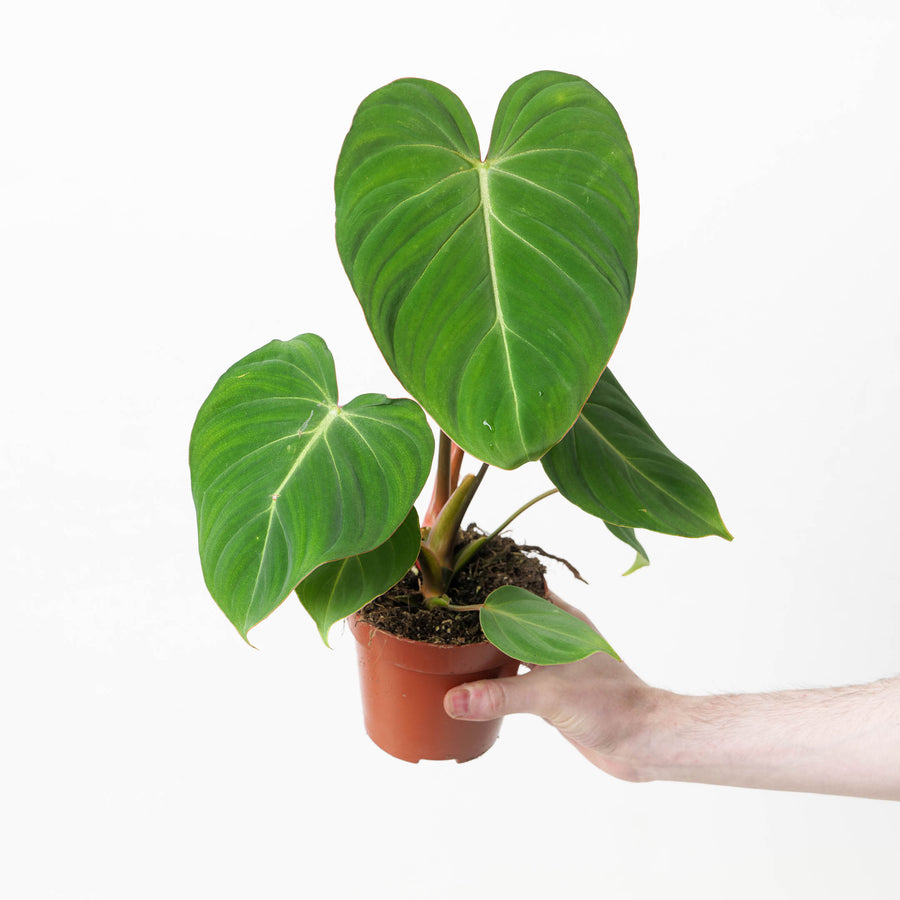Acanthocereus tetragonus 'Fairytale Castle', commonly known as the Fairy Castle Cactus, is a striking miniature cactus variety that features columnar stems resembling the turrets of a castle. Each stem is ribbed, with spines emerging along the ridges, and they range in colour from vibrant green to deeper shades as they mature. This slow-growing cactus forms clusters of stems over time, creating a dense, architectural display that makes it particularly suitable for small pots and indoor settings.
Despite its whimsical appearance, 'Fairytale Castle' is a hardy plant that requires minimal maintenance. Its compact growth habit and tolerance for a range of indoor conditions make it a good choice for cactus enthusiasts of all experience levels. Though it rarely flowers indoors, under ideal conditions, mature specimens may produce small, white, night-blooming flowers.
Native to
Acanthocereus tetragonus is native to Central and South America, as well as parts of the southern United States. In the wild, it grows in arid and semi-arid regions, often thriving in sandy or rocky soils.
Water
Water sparingly, allowing the soil to dry out thoroughly between watering. During spring and summer, water once every 3–4 weeks, depending on light and temperature. Reduce watering in autumn and winter when the plant enters dormancy. Overwatering is a common cause of root rot, so ensure the pot has excellent drainage.
Light
This cactus prefers bright, indirect light but can adapt to direct sunlight. Position it near a south- or west-facing window for best results. Insufficient light can lead to stretched or weakened growth, so consider supplementing with a grow light if natural light is limited.
Humidity
The Fairy Castle Cactus thrives in low humidity environments typical of most indoor spaces, usually between 30–50%. Additional humidity is not necessary, making it easy to care for in typical UK homes.
Temperature
Maintain temperatures of 18–26°C for optimal growth. The cactus can tolerate cooler conditions, down to about 10°C, but it should be protected from frost and cold draughts. Avoid placing it near windows or doors during the winter months where temperatures might drop suddenly.








